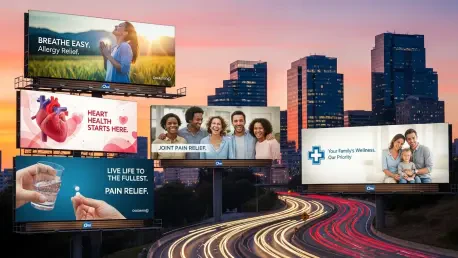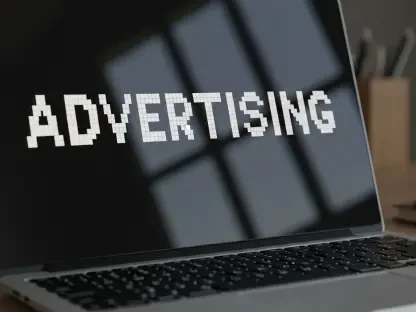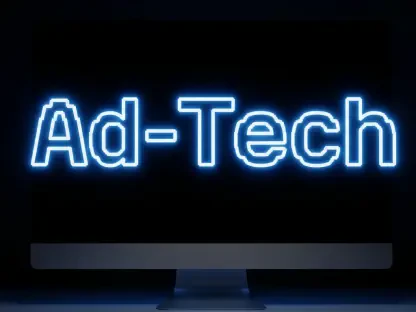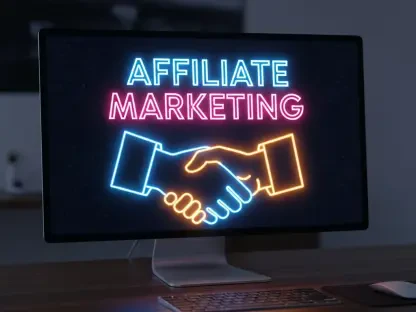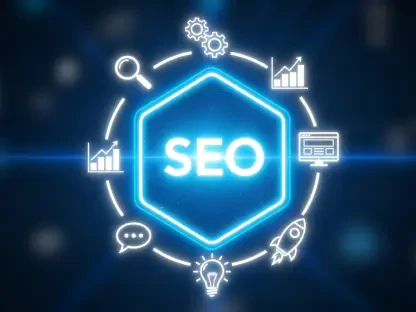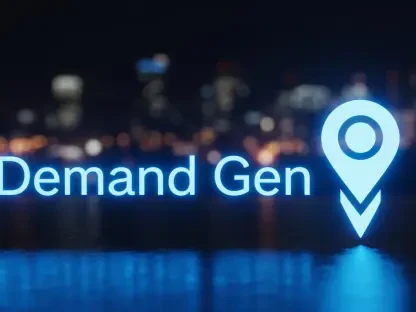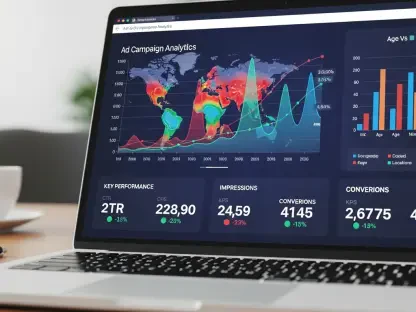As a global leader in out-of-home (OOH) advertising, Lamar Advertising has been a powerhouse in shaping how brands connect with audiences through its vast network of displays. Today, we’re thrilled to dive into their latest initiative, Lamar Health Connect, a specialized tool designed to revolutionize medical marketing for pharma brands. I had the privilege of speaking with a key expert from Lamar to explore how this platform leverages data and strategic placement to target health-focused audiences, the role of OOH as a complementary channel to digital media, and the unique impact it made during challenging times like the COVID-19 pandemic. We also discussed the innovative ways they measure campaign success while prioritizing privacy. This conversation uncovers the evolving landscape of OOH advertising and its growing relevance in the medical marketing toolkit.
What inspired Lamar to create Lamar Health Connect specifically for pharma brands and medical marketers?
We saw a real opportunity to address the unique needs of pharma brands and medical marketers who are constantly looking for ways to cut through the clutter of online and TV advertising. OOH has always been a powerful medium to reach people in their everyday environments, but it wasn’t always tailored to the precision that health campaigns often require. With Lamar Health Connect, we wanted to bridge that gap by combining our extensive network with targeted data solutions. Client feedback played a huge role—many expressed a need for measurable, impactful ways to connect with specific audiences, especially in healthcare, where location and context are critical. That’s what drove us to build a tool that makes OOH not just viable but optimized for their goals.
How do you decide which displays from your massive network of 366,000 across the U.S. and Canada to prioritize for Health Connect campaigns?
It all comes down to relevance and reach for the specific audience a campaign is targeting. We analyze a variety of factors like geographic location, demographic data, and even behavioral patterns to rank our inventory. For instance, a campaign might focus on reaching patients near hospitals or clinics, or it could target underserved rural communities. With 5,200 of our displays being digital, we can also adapt messaging in real time based on when and where it will resonate most. Our goal is to ensure that every placement maximizes impact by aligning with the right audience at the right moment.
Can you break down how the Health Connect Audience Mapping tool works in a way that’s easy to understand?
Absolutely. Think of the Audience Mapping tool as a smart matchmaker. It takes the audience segments a pharma brand wants to reach—say, patients with a specific condition or healthcare providers in a certain area—and overlays that data onto our network of displays. Using location-based insights and demographic information, the tool identifies the best spots where those audiences are most likely to see the message, whether it’s a billboard on a busy highway or signage at a transit hub. It’s about making sure the right eyes are on the ad, not just casting a wide net and hoping for the best.
How does Lamar use real-time mobile data to measure the impact of these campaigns?
We collect what we call “exposure files” by tracking anonymous mobile data from people who pass by our billboards. This isn’t about identifying individuals—it’s about understanding patterns of movement and exposure. For digital displays, we also use timestamps to know exactly when an ad was shown, which helps us correlate that with the data we gather. These files are then analyzed to measure how many people likely saw the ad and, through our partners, how that exposure might connect to real-world actions like visiting a doctor. It’s a powerful way to show the tangible impact of OOH in a privacy-safe manner.
Speaking of privacy, how do you ensure that data collection remains ethical and secure while still providing valuable insights?
Privacy is a top priority for us. We only work with aggregated, anonymized data, so there’s no personal identification involved. We’ve also partnered with trusted companies in the healthcare data space who use established, privacy-safe platforms for analysis. These partners have robust systems to ensure compliance with regulations and protect sensitive information. Our process is designed to focus on trends and outcomes, not individuals, so we can deliver actionable insights to clients without ever compromising trust.
How do you see OOH advertising fitting into a broader media strategy for pharma brands, especially alongside digital channels?
OOH isn’t here to replace digital or social media—it’s a complementary piece of the puzzle. Digital channels are great for targeted, interactive engagement, but they’re also crowded. OOH offers a unique way to capture attention in the real world with less visual competition. A billboard or transit sign can serve as a key touchpoint in the customer journey, reinforcing a message someone might have seen online or prompting them to take action. It’s especially effective for reaching hard-to-access demographics or rural areas where digital penetration might be lower. We see it as part of a holistic strategy that amplifies a brand’s presence across multiple platforms.
You’ve mentioned that OOH was a standout during the COVID-19 pandemic. Can you share some examples of how it supported medical marketers during that time?
During the pandemic, when people were overwhelmed with online information, OOH became a critical channel for clear, impactful messaging. We worked with medical marketers to promote public health campaigns—like encouraging vaccinations or sharing safety guidelines—using billboards in high-traffic areas. These messages reached people directly in their communities, often in places where digital access was limited. OOH also helped healthcare providers advertise telehealth services or local testing sites. It was a reminder that even in a digital-heavy world, physical signage can cut through the noise and deliver vital information when it’s needed most.
What is your forecast for the future of OOH advertising in the medical marketing space?
I think OOH is poised for significant growth in medical marketing as brands continue to seek out innovative ways to stand out. With advancements in data analytics and digital displays, we’ll see even more precision in targeting and measurement, making OOH an increasingly accountable medium. I also expect tighter integration with digital strategies, where OOH acts as a catalyst for online engagement—think QR codes on billboards driving traffic to health resources. As trust in advertising continues to be a focus, the authenticity and tangibility of OOH will make it a go-to for pharma brands looking to build meaningful connections with their audiences. We’re just scratching the surface of what’s possible.
